Yacimiento de Dólmenes de Hwasun (화순 고인돌군 유적) [Patrimonio Cultural de la Humanidad de la Unesco]
.0M 2022-04-07
Hyosan-ri 64, Dogok-myeon, Hwasun-gun, Jeollanam-do.
El Yacimiento de Dólmenes de Hwasun está situado cerca de las cascadas de la cordillera que une Hyosan-ri de Dogok-myeon y Daesin-ri de Chunnyang-myeon. Según diversos estudios, 135 de las 980 rocas de Hyosan-ri en Dogok-myeon son dólmenes. También hay unas 100 rocas planas que aún mantienen su forma. En Daesin-ri de Chunnyang-myeon hay unos 124 dólmenes, de entre 3.309 rocas. Hay al menos 300 que mantienen su forma, y 23 dólmenes fúnebres. Lo que hace especiales los dólmenes de Hwasun es su abundancia, con 596 dólmenes en este pequeño distrito, incluyendo la mayor losa de Corea. El Yacimiento de Dólmenes de Hwasun fue registrado como el Patriminio Cultural de la Humanidad por la Unesco el 2 de diciembre de 2000, junto con los yacimientos de Gochang y Ganghwa.
YangDongHo Traditional House (Hanok 152) (양참사댁(양동호 가옥 / 한옥152))
639.2M 2025-07-24
24, Darasil-gil, Dogok-myeon, Hwasun-gun, Jeollanam-do
Yangchamsa House, also known as Yangdongho House, is a hanok stay in Hwasun, Jeollanam-do - a 300-year-old yangban dwelling now designated a national folk cultural asset. There are five guestrooms of different sizes in the anchae and sarangchae. The house hosts exhibitions and concerts from time to time, and can be hired for weddings, banquets or workshops. There’s a traditional cultural experience program. Nearby must-visit places are Hakjae Old House and Hwasun Dolmen Site in the village, and Unjusa Temple (a 15-minute drive away).
Templo Unjusa (운주사)
7.6Km 2022-08-01
Cheontae-ro 91-44, Doam-myeon, Hwasun-gun, Jeollanam-do.
El templo Unjusa, ubicado en el pico Datapbong del monte Cheonbulsan, es reconocido con el nombre "Cheonbulcheontap" (mil estatuas de Buda y mil pagodas). En este templo se encuentra una gran cantidad de estatuas budistas y pagodas misteriosas, que presentan una forma especial. Estas se encuentran instaladas grupalmente en distintos lugares y son de tamaño y posición diferentes. Lo impresionante es que algunas presentan una cara alargada con la forma de los ojos, la boca y la nariz, representados en líneas. La gente de la región las nombra como el “buda abuelo”, “buda abuela”, “buda padre”, “buda madre”, etc., ya que se sienten familiarizados con ellas. Las estatuas budistas del templo Unjusa tienen un estilo de construcción muy especial, de allí su gran valor estético. En especial, la gran característica que tiene el templo es que todas las pagodas tienen un estilo diferente. Hay pagodas que poseen imágenes de las flores de loto en la piedra, pagodas de 5 pisos de la época Baekje y pagodas del reino Silla, etc., que pertenecen a épocas y estilos arquitectónicos diferentes. Además, el otro punto rescatable es que fueron construidas y esculpidas sobre rocas y piedras delicadas que dificultan el trabajo. Esto también demuestra que dichas estatuas son obras de escultores especializados, con alto nivel de conocimiento en el arte.
Doraemi House (도래미하우스)
8.4Km 2025-07-18
18-26, Dongnyeok-gil, Dado-myeon, Naju-si, Jeollanam-do
Sane Flower (산에는 꽃이피네)
8.5Km 2025-07-18
20-1, Dongnyeok-gil, Naju-si, Jeollanam-do
Templo Manyeonsa (만연사)
12.2Km 2025-10-23
Jingak-ro 367, Hwasun-eup, Hwasun-gun, Jeollanam-do.
Se cree que este templo fue fundado hacia el año 1208, los tiempos del rey Heejong, de la dinastía Goryeo. Hasta la Guerra de Corea se conservaban varios de sus pabellones más antiguos, pero muchos fueron destruidos. Recién en 1978 se levantaron nuevamente varios de ellos. En las cercanías, a exactamente 2 km hacia el este están las Cascadas Manyeon y hay un bosque que atrae a muchos turistas de pícnic y campamento.
Maru-O (마루오)
12.3Km 2025-07-18
5-8, Baemet 3-gil, Naju-si, Jeollanam-do
Maru-O is a business hotel in the heart of Naju Innovation City, Jeollanam-do, that has good facilities and is popular with both business travellers and tourists. The underground parking lot has an electric vehicle charging station, and both mobile phone chargers and tourist information for Naju and Jeonam is available at the front desk. Right in front of the hotel is Bitgaram Lake Park where visitors can take a pleasant walk. Naju KTX station and the Intercity Bus Terminal are 15 minutes away by car, and Naju’s Yeongsanpo Hongeo Street and Gomtang Street (famous for its restaurants!) are also nearby.
Parque Nacional del Monte Mudeungsan (무등산국립공원)
16.2Km 2025-07-02
Geumgok-dong, Buk-gu, Gwangju.
El Parque Nacional del Monte Mudeungsan es una montaña en el linde de Hwasun-gun, Damyang-gun y Gwangju, y se convirtió en parque provincial en 1972. También se le refiere como monte Muaksan, monte Mujinaksan o monte Seoseoksan. Mudeungsan tiene 1.186 m sobre el nivel del mar, y la cima presenta tres picos rocosos, llamados: Cheonwongbong, Jiwongbong e Inwonbong, también conocidos como los “Tres Jeongsang".
Mudeungsan no tiene una pendiente inclinada, así que cualquiera puede escalarla fácilmente, y tiene hermosos valles que discurren bajo ella. Una gran diversidad de rocas ocupan el pico Cheonwongbong, y, debido a esto, otrora fue objeto de culto por la gente local como una montaña divina. Entre las más majestuosas de estas rocas están: las rocas Seoseokdae, Gyubong e Ipseokdae. En la base de la montaña, hay templos famosos, tales como: los templos Yaksa-am, Jeungsimsa y Wonhyosa. Mudeungsan también es conocida por su belleza durante todas las estaciones del año. En el otoño, las hojas otoñales de Gyubongam son especialmente hermosas, y la hierba de eoksae (tipo de junco asiático) de la cresta Baekma se vuelve espectacular. En invierno, la nieve y el hielo de las montañas crean también un paisaje exquisito.
Bajo la montaña, hay varias instalaciones recreativas y de conveniencia para hacer su visita más placentera. El Museo Nacional de Gwangju es una de ellas, un edificio al estilo coreano tradicional, con espacios de exposición y una amplia instalación para la conservación de reliquias. Tiene exhibiciones de tesoros encontrados en el mar de Sinan, tales como reliquias de las dinastías Song y Won de China, además de reliquias de la provincia de Honam durante los períodos Seonsa, Baekje y Silla, y pinturas del período Joseon. Son en total unas 2.000 reliquias.
Templo Jeungsimsa en Gwangju (증심사(광주))
16.4Km 2025-07-02
Jeungsimsa-gil 177, Dong-gu, Gwangju
Lotte Outlets (Sucursal del Estadio de la Copa Mundial de Gwangju) (롯데아울렛 광주월드컵점)
16.7Km 2024-02-20
Geumhwa-ro 240, Seo-gu, Gwangju.
![Yacimiento de Dólmenes de Hwasun (화순 고인돌군 유적) [Patrimonio Cultural de la Humanidad de la Unesco]](http://tong.visitkorea.or.kr/cms/resource/03/2515703_image2_1.jpg)
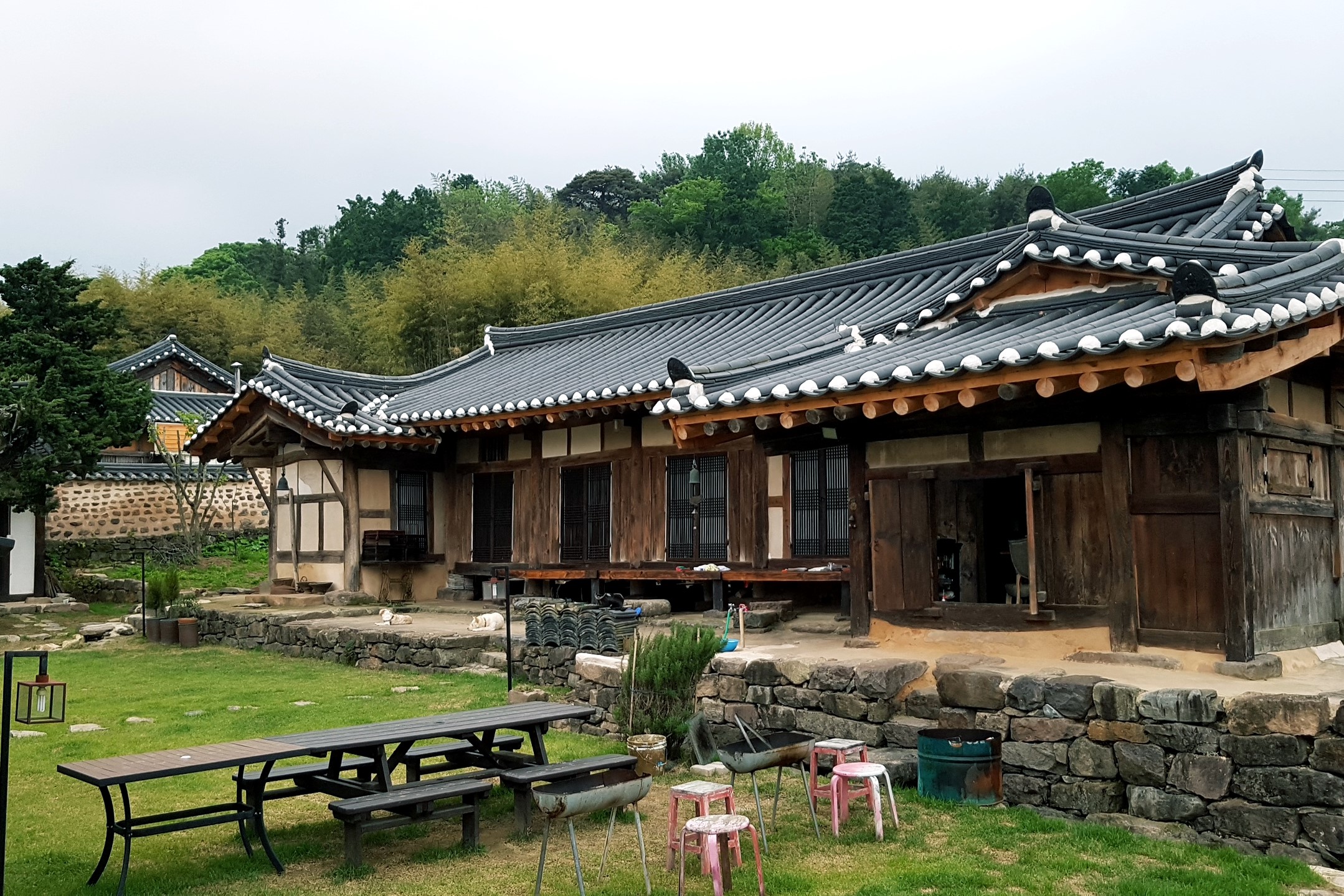
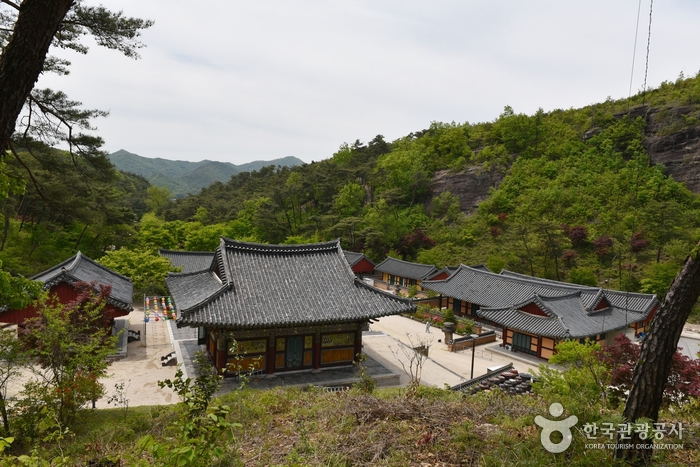

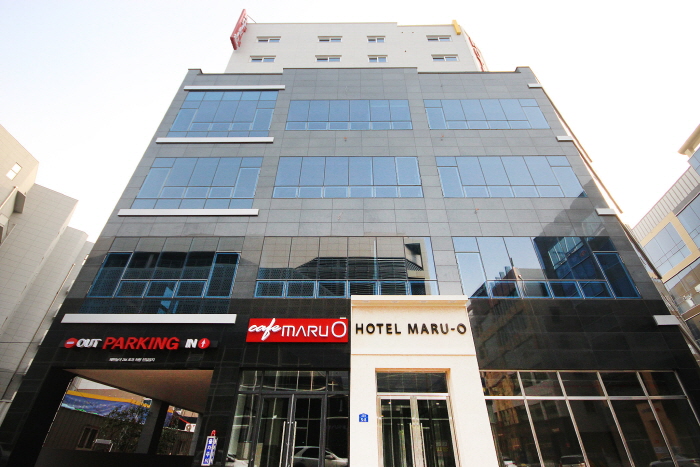
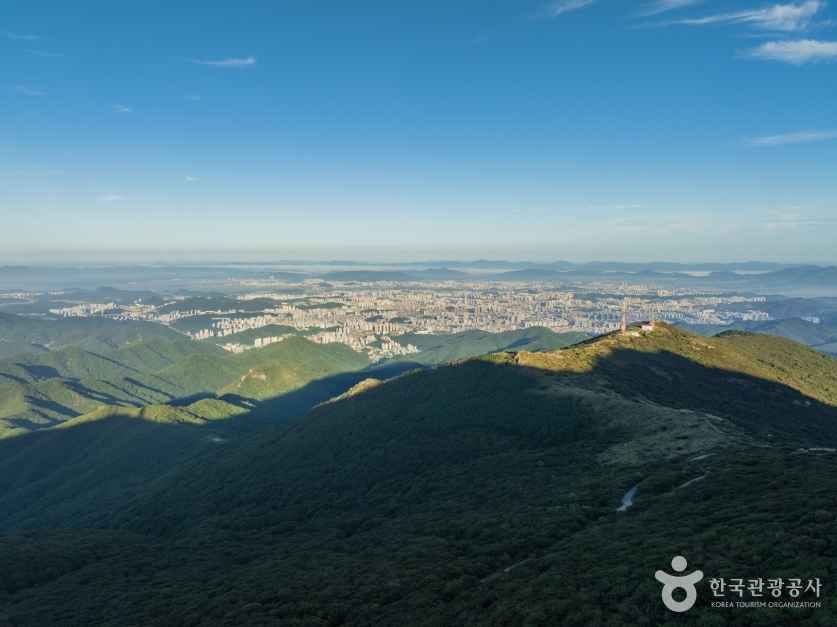
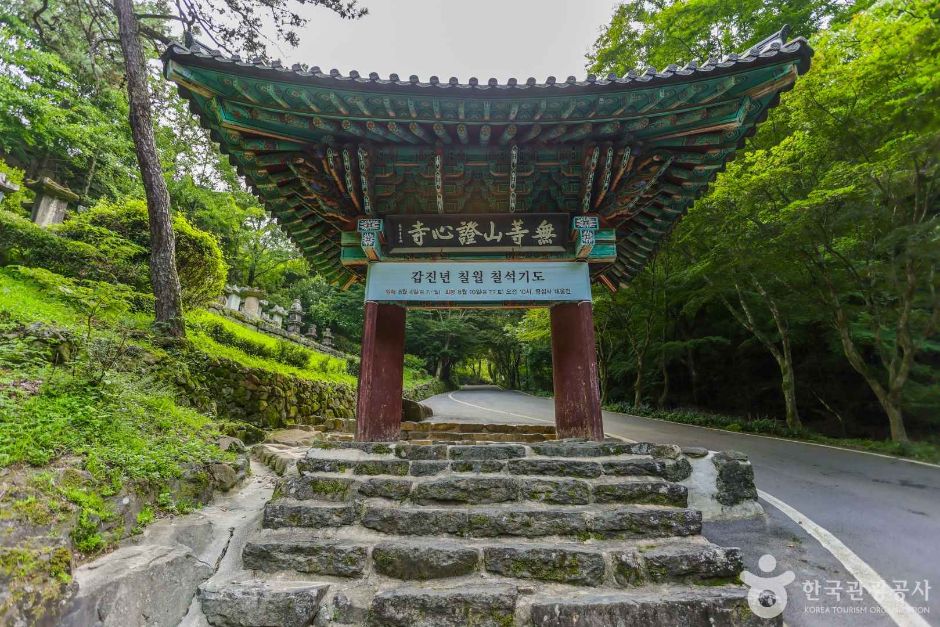
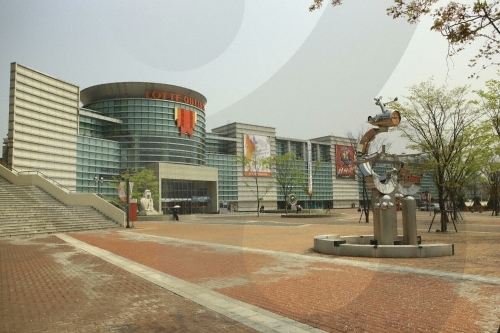
 Español
Español
 한국어
한국어 English
English 日本語
日本語 中文(简体)
中文(简体) Deutsch
Deutsch Français
Français Русский
Русский